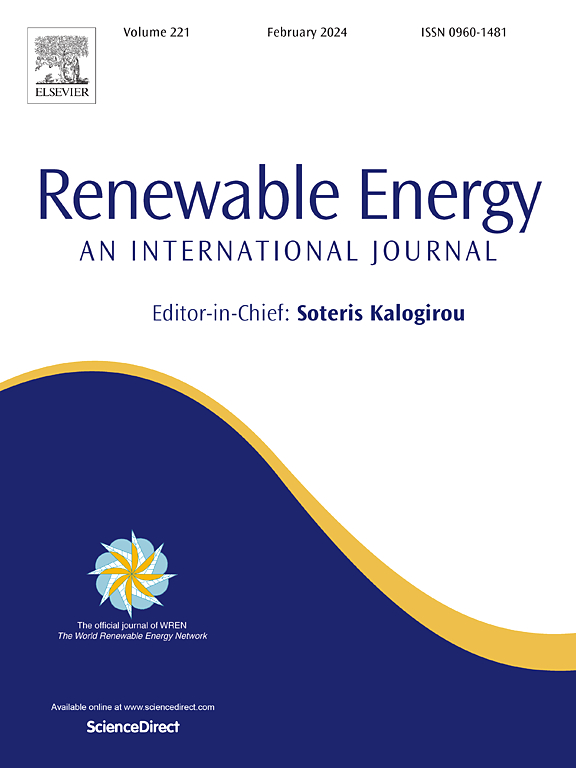Spectral and Entropy-based Wave Energy resource assessment: A global view, and point analysis at the Galapagos Islands
IF 9
1区 工程技术
Q1 ENERGY & FUELS
引用次数: 0
Abstract
An apparent paradox emerges when assessing the wave energy resources at global scale because a typical map displaying the mean annual wave power will bias our preference towards the most energetic places on earth, which are the extra-tropical storm zones. In turn, tropical areas that appear to be less energetic may be actually more convenient. We evaluate three main aspects: seasonal variability, extreme conditions, and spectral energy dispersion. Lower seasonal variability implies a more regular input of energy along the year, while the absence of extremes is related to lower investment costs and reduced exposure to risk. In turn, the energy distribution within the spectrum is associated to the facility to convert wave energy, being unidirectional and monochromatic waves the most attractive conditions. Naturally, such pristine conditions do not exist on earth, but places characterized by low frequency swells are close to that. For a map overview we evaluate the statistical entropy of the system, which provides insight into the spectral energy dispersion. In order to locally assess these apparent counter-intuitive results we look at the spectral characteristics at a specific point in the Galapagos Islands, where other constraints of the natural environment must be put also in consideration.
求助全文
约1分钟内获得全文
求助全文
来源期刊

Renewable Energy
工程技术-能源与燃料
CiteScore
18.40
自引率
9.20%
发文量
1955
审稿时长
6.6 months
期刊介绍:
Renewable Energy journal is dedicated to advancing knowledge and disseminating insights on various topics and technologies within renewable energy systems and components. Our mission is to support researchers, engineers, economists, manufacturers, NGOs, associations, and societies in staying updated on new developments in their respective fields and applying alternative energy solutions to current practices.
As an international, multidisciplinary journal in renewable energy engineering and research, we strive to be a premier peer-reviewed platform and a trusted source of original research and reviews in the field of renewable energy. Join us in our endeavor to drive innovation and progress in sustainable energy solutions.
 求助内容:
求助内容: 应助结果提醒方式:
应助结果提醒方式:


